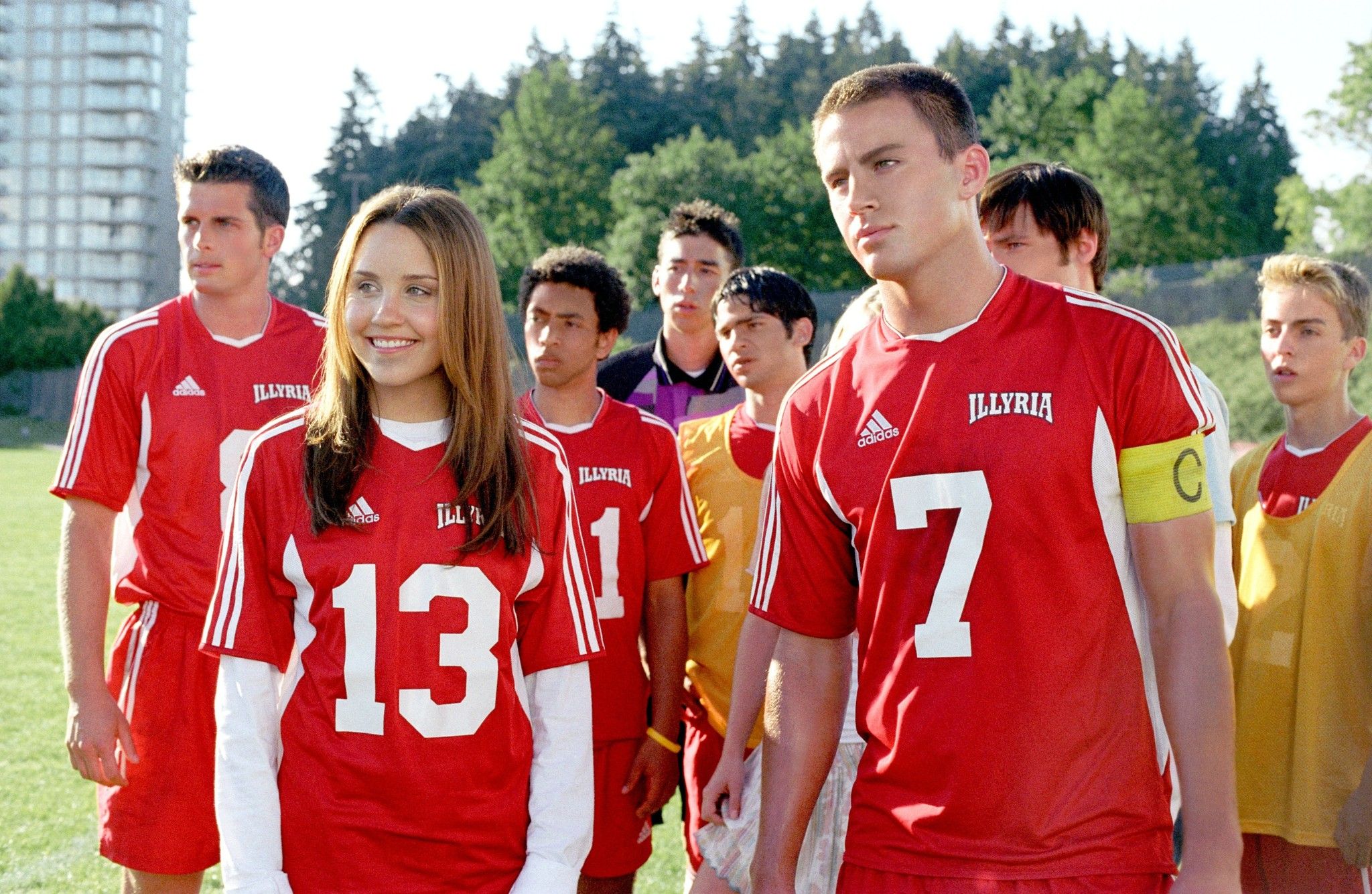
There is something for everyone in this romantic comedy books list - get a bit of intelligent funny romance in your reading pile!ĭisclosure: If you click a link in this post and make a purchase, I may earn a small commission. And really, there is nothing appealing about someone that cannot appreciate the comedic moments in love and life. Their authors understand that intellectual stimulation is the key to lasting attraction. In my humble opinion… “The best romance novels are funny and smart.” Just because a story contains contemporary romance and is funny, does not preclude that book from being stimulating and even edifying reading.

We all deserve some downtime and we can all benefit from seeing relationships (particularly romantic ones) from different perspectives. And smart romance characters attract smart romance readers. … most romances today feature strong, smart, savvy women. But a case for each of the following films has been made as to why they appeal to a wide audience, irrespective of gender.Romantic comedy books (‘rom coms’) are too often overlooked by smart women that consider themselves ‘serious’ readers.Īs Anne Browning Walker explains in “Why Smart Women Read Romance Novels” Like any of these lists, every film will not appeal to every reader, so, indubitably, there will be male readers who flout this list-such is life. This list looks at ten “chick flicks”-that is, films that would fall under the reductive category-that guys secretly love. Well this list will hopefully be part of the rehabilitation process, as many girls know they love a good action film and guys know that “chick flicks” aren’t creatively bankrupt or frivolous.
Best chick flick movies 2016 series#
This mystery/thriller girly TV series is a story of four friends Spencer, Aria, Hanna and Emily whose lives change after the disappearance of their friend Alison. If so, these labels and what they denote undermine the advancements of feminism, splitting aesthetic sensibilities across gendered lines. Genre: Mystery/Drama Cast: Lucy Hale, Shay Mitchell Year of Release: 2010. But as the above examples show, sometimes the only thing precluding pan-gender viewership is the label itself.

Essentially, as the quote intimates, the stuff of romance is more of a female than a male thing-and thus, the label. is typically used only in reference to films that are heavy with emotion or contain themes that are relationship based.” This quote needs to be unpacked, as it states that these films are being directed at females. And the “chick flick” label both limits Pretty’s viewership and invites baseless prejudices from those wary of the label.Īs Wikipedia, everyone’s most reliable source for important information (please read that ironically), puts it, a chick flick is “a film genre mainly dealing with love and romance and designed to appeal to a largely female target audience.

However, the film is at times maudlin and there is a good deal of romance therein, but it somehow eludes the label of “chick flick.” A film like John Hughes’ Pretty in Pink (1986), on the other hand, abounds in romance, thereby attracting the label of “chick flick.” This comparison is not to elevate John Hughes’ playful teenage drama to the level of Fleming’s magnum opus, but it highlights how films with similar themes are judged differently with regard to their gendered appeal. On the one hand, Gone with the Wind (1939), Victor Fleming’s epic tale about doomed love during the American Civil War, is an indisputable classic, a must watch for any film junkie. Two examples, each from a different era of film, should illustrate this strange bifurcation. The whole notion of art being gender-specific is problematic in and of itself, since most people accept the axiom that gender is merely a social construction and not an inherent set of characteristics that guys and girls possess. But this ostensible regression in the way a significant amount of people view films and decide what films will appeal to what audiences is far more damaging than one might think. Indeed, contemporary amateur film critics like to colloquially refer to certain films as either “guy films” or “chick flicks.” This division seems directly opposed to the new paradigm of gender equality that North American society has begun to embrace whole-heartedly. In the last half century or so, a curious phenomenon has been happening alongside the mammoth steps that second-wave and third-wave feminism have made-that is, the bifurcation of films into gendered categories.


 0 kommentar(er)
0 kommentar(er)
